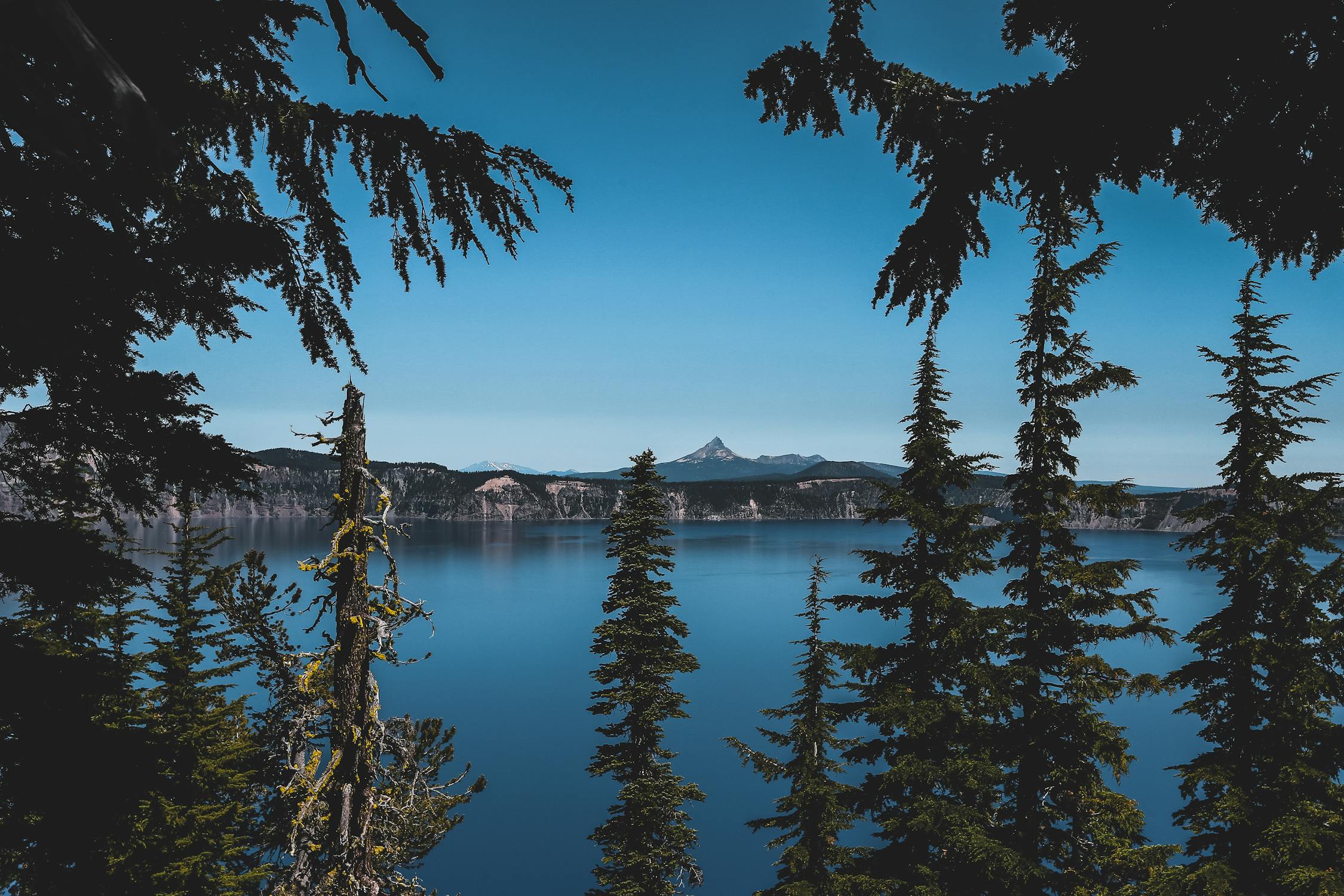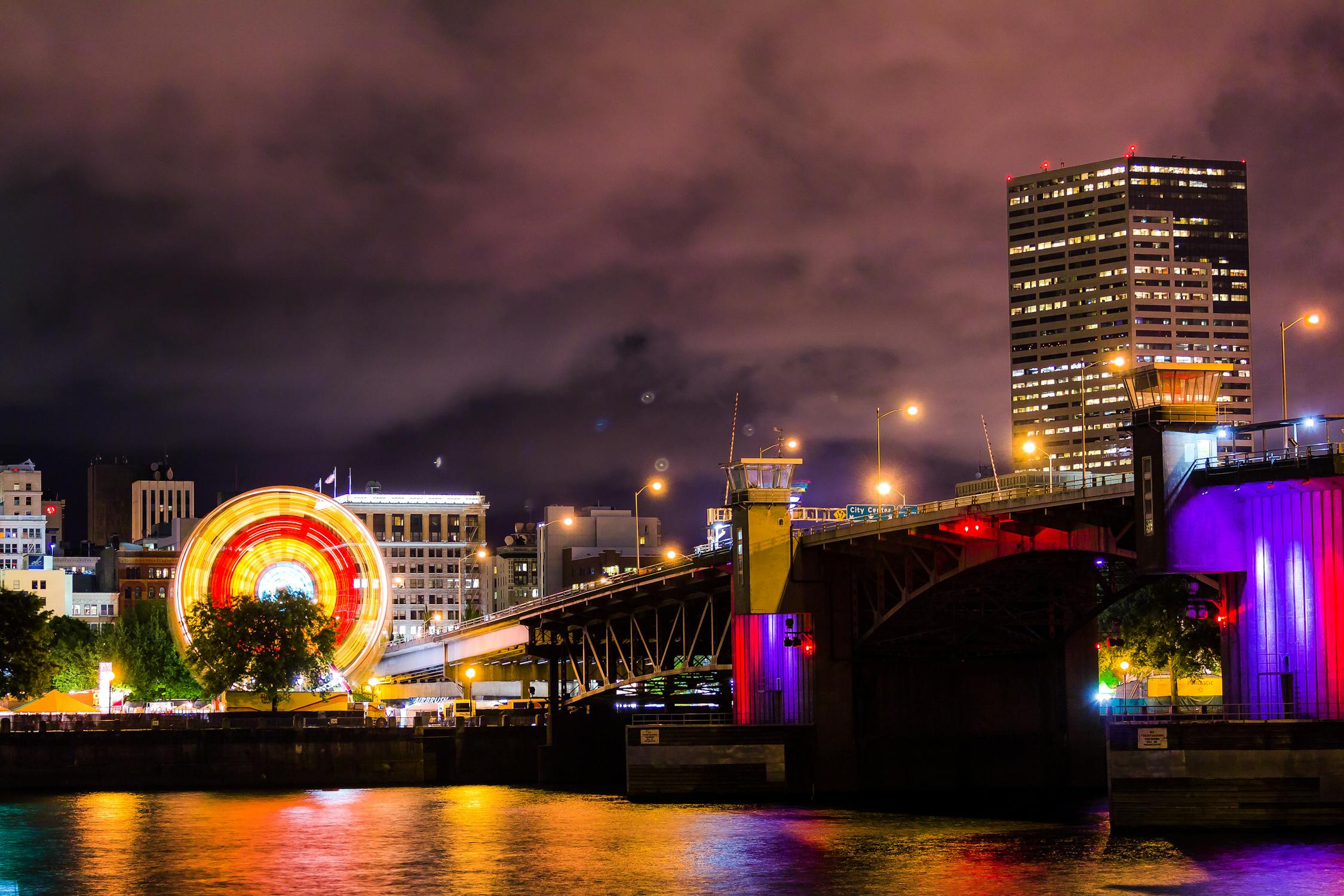Sometimes, all we need is a change of climate and a change of pace. Florida might be just too warm for you, or too slow, or you might not just like it. However, that doesn’t need to be the only reason why you are moving to another state. Maybe your work is taking you across the country. Maybe you have a thirst for adventure. Whatever, the reason is, have you considered moving to Oregon? If the answer is yes, then this article is for you! Today, find out the most important things you need to know about the state when planning your move to Oregon.
Oregon climate

One of the first things everyone wants to know when moving to Oregon is what’s the weather like here. The state is far enough north to make you wonder if you will be met with freezing cold every day of the year. However, this is far from true.
What can be said about the climate in Oregon is that it is fairly mild. There is the Pacific Ocean on one side, and a varied landscape on the other side of the state. Here you can find the Cascade Mountains, Willamette Valley, Columbia River, as well as both forests and a high desert region. All of these create a varied yet mild climate. Because of the size of the state, the temperatures, rainfall, and snowfall can differ by a bit. You can find a city-by-city information on US Climate Data’s website.
On average, the snowfall is heaviest in the Cascade Mountains, where it can get anywhere from 300 to 500 inches in the winter months. In the Coastal Region, you will be met by rain (60-70 inches per year), and the central region is the driest, with 10-15 inches of precipitation on the yearly bases.
Where to live in Oregon
Another thing you might consider when relocating to Oregon is what city to move to. Although Oregon has some of the best cities to live in in the United States (Corvallis, Eugene, and Ashland often are in the top 10 lists), where you choose to live will depend on why you are moving to Oregon in the first place.

Portland is the largest city in the state. If you are a fan of bikes, you will enjoy one of the most bike-friendly cities in the country, and one of the greenest communities, too. The city’s group of unique and interesting neighborhoods add up to the urban yet laidback lifestyle vibe. And with about 640,000 people living here (the metro area has 2.4 million people) – you will never be alone! If you are moving to study, here you can find the University of Portland, as well as Portland State University and Portland Community College, Lewis & Clark College, and Reed College.
If you have a taste for something smaller, though, you might want to give Salem a try. The state’s capital has the population of around 160,000 people, and it’s where you will find the Willamette University. If you’re a fan of nature, there is the 23-acre Riverfront Park along the Willamette River, as well. It is beautiful enough to make you call your professional moving company today!
Moving to Oregon to enjoy the nature
While on the topic of nature, we should take a moment to talk about the beautiful scenery you can find in Oregon. The first thing on all the “to visit” lists is the Crater Lake National Park. Centered around the deepest lake in the United States, this Cascade Mountains park is a sight to behold. Mt. Hood has an elevation of 11,239 feet, and there are 11 glaciers surrounding it. Here you can find hiking trails, camping grounds, and you can even ski all year long!
Another mountain – Mount St. Helens – is a great place for hiking too! As a part of the Gifford Pinchot National Forest, here you can also enjoy biking, fishing, and camping, as well as horseback riding.
And finally, if all the mountains tire you, you can visit the Columbia River Gorge. This is the largest designated National Scenic Area in the United States and spans more than 290,000 acres. There is also the Pacific Ocean coastline (roughly 360 miles), with 10 historic lighthouses, parks, inlets and bays galore! These are yet another reasons to call your long distance movers Miami as soon as possible.
Cost of living in Oregon

Finally, let’s take a look at the cost of living after moving to Oregon. The first thing to get out of the way is that the cost of living in the state is slightly higher than the national average, the Council for Community & Economic Research says in their 2017 research. However, this was offset by a 51. percent median household income increase. This is one of the largest increases in the country, and it is quite an impressive number.
When it comes to real estate, the cost of housing is slowly rising in Oregon. However, since the housing costs are rising all over the country, this is not surprising. The median home price is $318,000. However, the infrastructure in the state is great. There are transportation, energy and internet access – which ranked Oregon on the top of U.S. News & World Report’s list.
If you are thinking about going green, renewable energy usage is available in the state, too! The state is on the list of states with the lower carbon footprints, and more “green building” per capita than any other state. It is constantly on the top of the lists of the most environmentally friendly states in the country.
Another thing that might prompt you to call your cheap moving experts in Miami is that Oregon is one of only five states in the country that has no sales task (along with Montana, Alaska, Delaware and New Hampshire). What this means is that the price you see on the tag is the price you will pay, and it’s just another reason why you can consider moving to Oregon.






